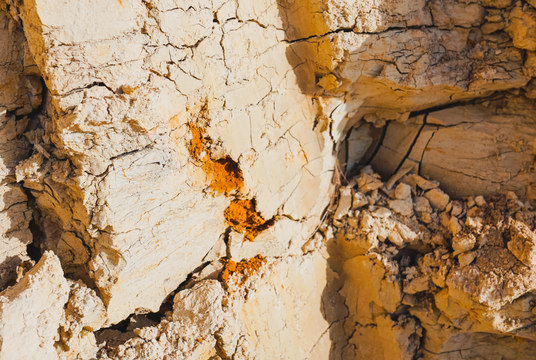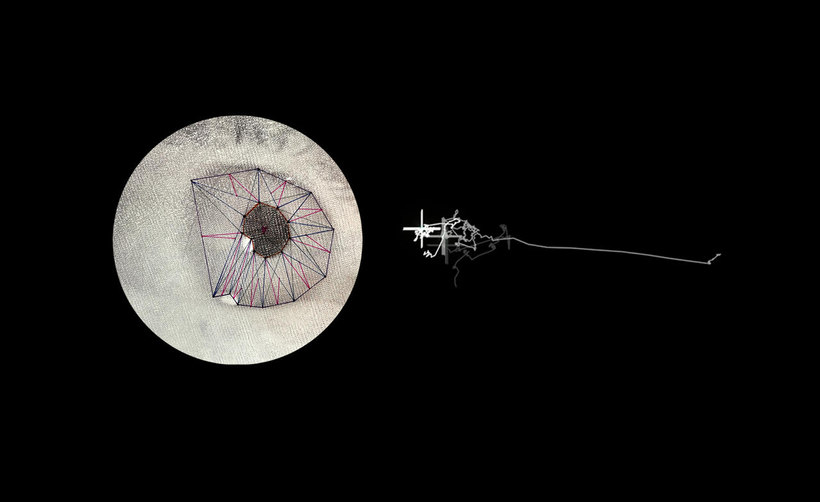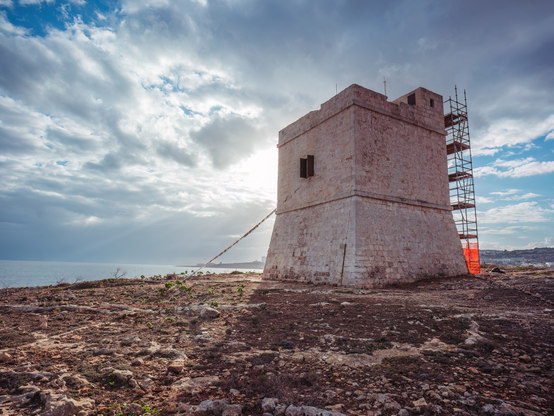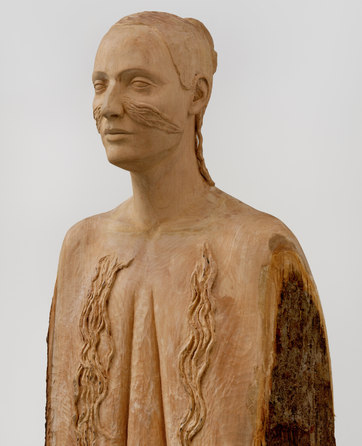a curator and architect based in Malta with an interdisciplinary practice which spans various disciplines including visual arts, architecture, creative direction and design
co-curator of I WILL FOLLOW THE SHIP, the Malta Pavilion at La Biennale di Venezia 2024, commissioned by Arts Council Malta



